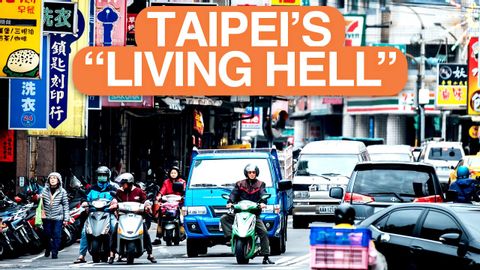臺灣的道路還是 "活地獄 "嗎? (Are Taiwan's Roads Still a "Living Hell"?)
VoiceTube 發佈於 2024 年 09 月 15 日  沒有此條件下的單字
沒有此條件下的單字US /ˈdɛdɪˌketɪd/
・
UK /'dedɪkeɪtɪd/
- v.t.專用;專心的 ; 專注的;奉獻
- adj.盡心盡力的,專注的;專用的
US /məˈdʒɔrɪti, -ˈdʒɑr-/
・
UK /mə'dʒɒrətɪ/
- n. (c./u.)大多數 ; 過半數 ; 大半;成年;多數黨;多數票
US /ˈɪnfrəˌstrʌktʃɚ/
・
UK /'ɪnfrəstrʌktʃə(r)/
- n. (u.)基礎設施 ; 基礎結構;組織架構;電腦基礎設施
- n. (c./u.)公有地;公共用地;廣場
- adj.共用的;常見的;普通的;普遍的;粗俗的;普通名詞
